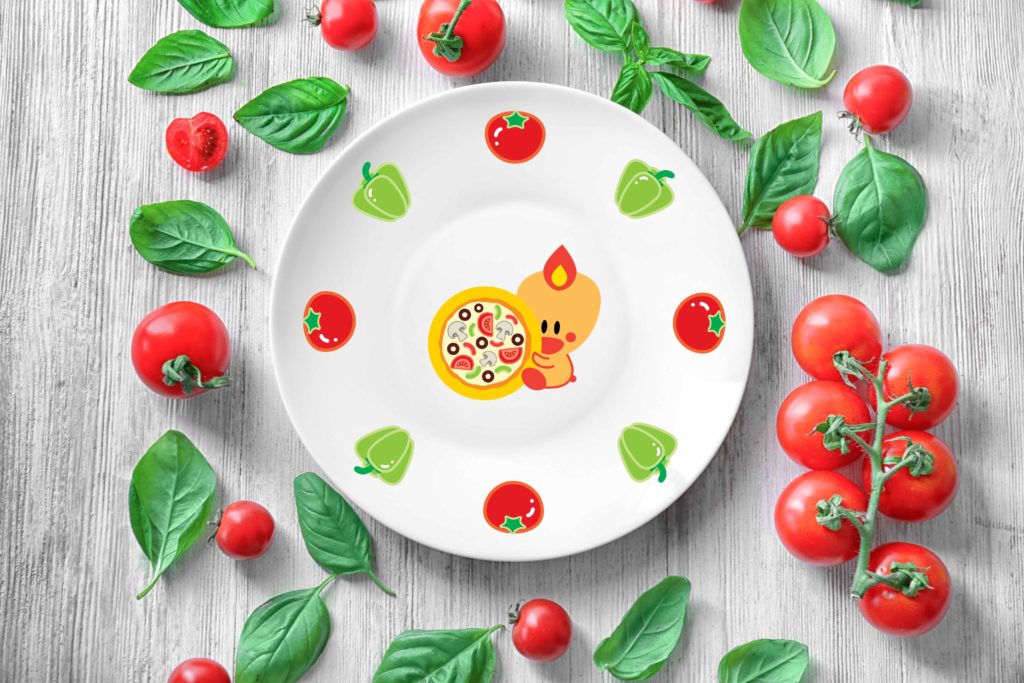
Italian cuisine is one of the most popular in the world. There’s an Italian restaurant in every city in almost any country. Italy food facts are a topic of interest for any Italian food aficionado. So here are some fun facts about Italian food we have gathered for your entertainment.
Italy Food Facts
Italian cuisine has significant regional diversity. There are some differences between the cuisine of Southern and Northern Italy. There are also Italian dishes that Italian immigrants created in the USA. And they are quite different from what Italy has to offer. Italian Americans added their own twist to Italian dishes.
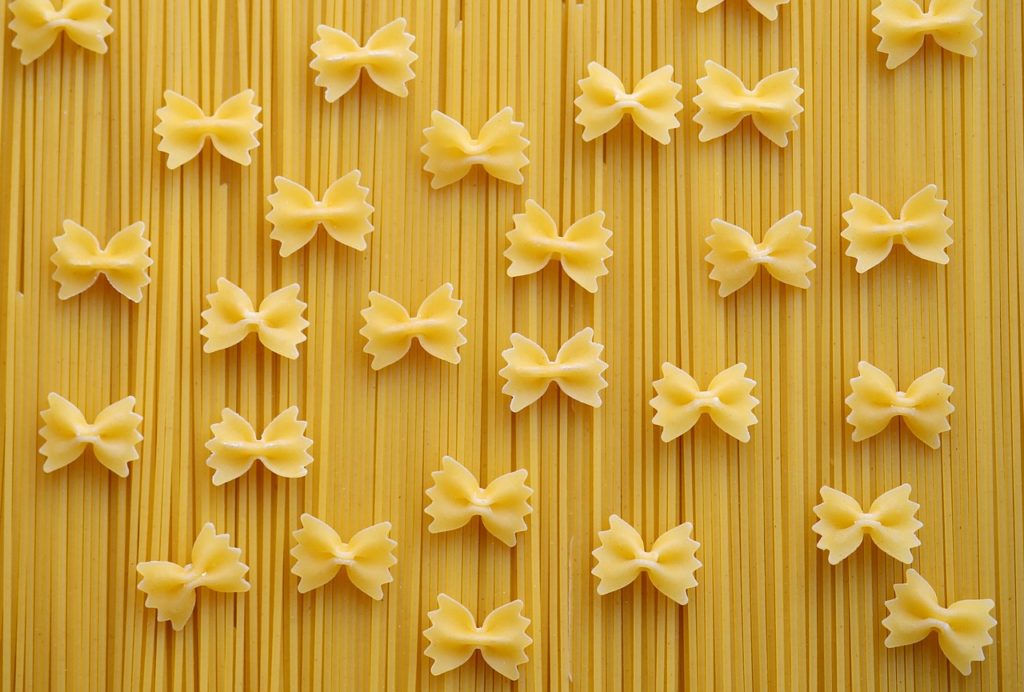
Italian food facts. There are more than 1300 names for pasta types in Italy.
Pasta is the most famous staple food of Italian cuisine. Its made of flour or coarse semolina flour. Sometimes with the addition of eggs. There are so many varieties of pasta in Italy that it’s easy to get confused. The two largest categories of pasta are dry varieties and fresh varieties. Dry pasta is the type of pasta you can find on supermarket shelves. On the other hand, fresh pasta is the type you make at home by hand and cook right away. There are long and short, large and small types of pasta. Along with a huge variety of shapes. For example, bow ties, tubes, wheels, leaves, spirals, etc.
Small pasta is usually a component of soups. And large pasta can even be stuffed with ground meat, cheese, vegetables, or placed in layers like lasagna. Long thin dry pasta is one of the most famous varieties. Its name is spaghetti. The singular form of spaghetti is actually spaghetto. Dry pasta grows in size almost twice when it cooks. It’s best to cook pasta al dente or firm to bite. Dente means “tooth” in Italian. This is the perfect condition of pasta to serve with sauce. It also keeps you full longer. So make sure not to overcook it.
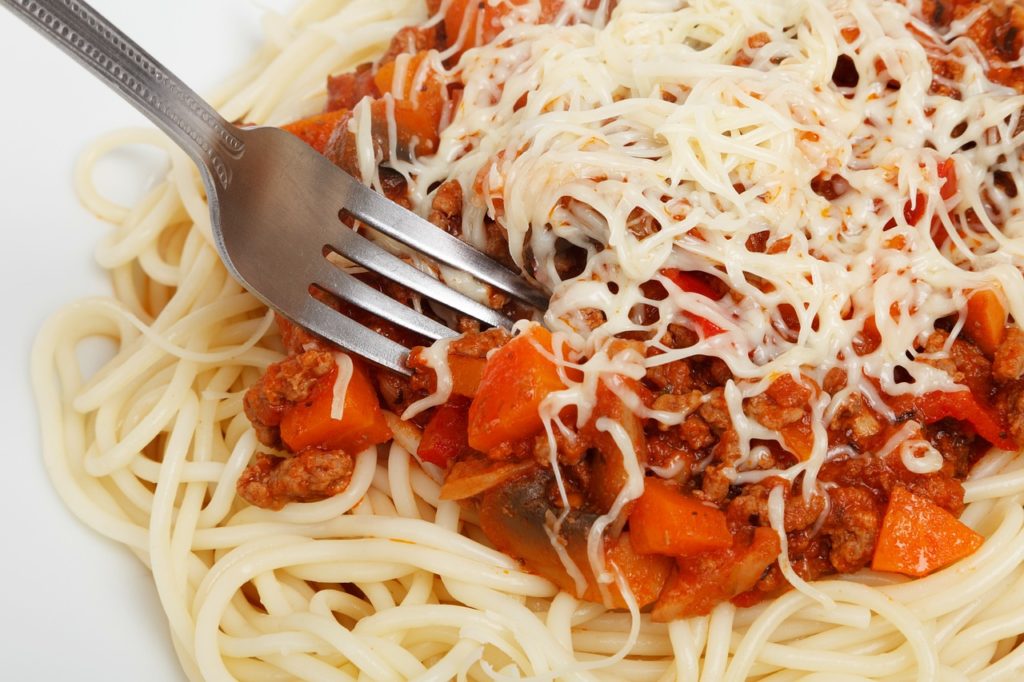
Pasta Sauces: Carbonara doesn’t have any cream
Most pasta dishes are best with sauces. The most famous pasta sauce is, of course, tomato sauce. Sometimes it’s called Marinara (“sailor-style”) sauce. A variation of tomato sauce is the Bolognese sauce. It has ground beef as an ingredient. Some people believe that Carbonara Pasta should contain cream. However, real Carbonara must only contain egg yolks, bacon, and grated cheese. Pesto is another famous pasta sauce. It consists of fresh basil, garlic olive oil, crushed pine nuts, and grated cheese.
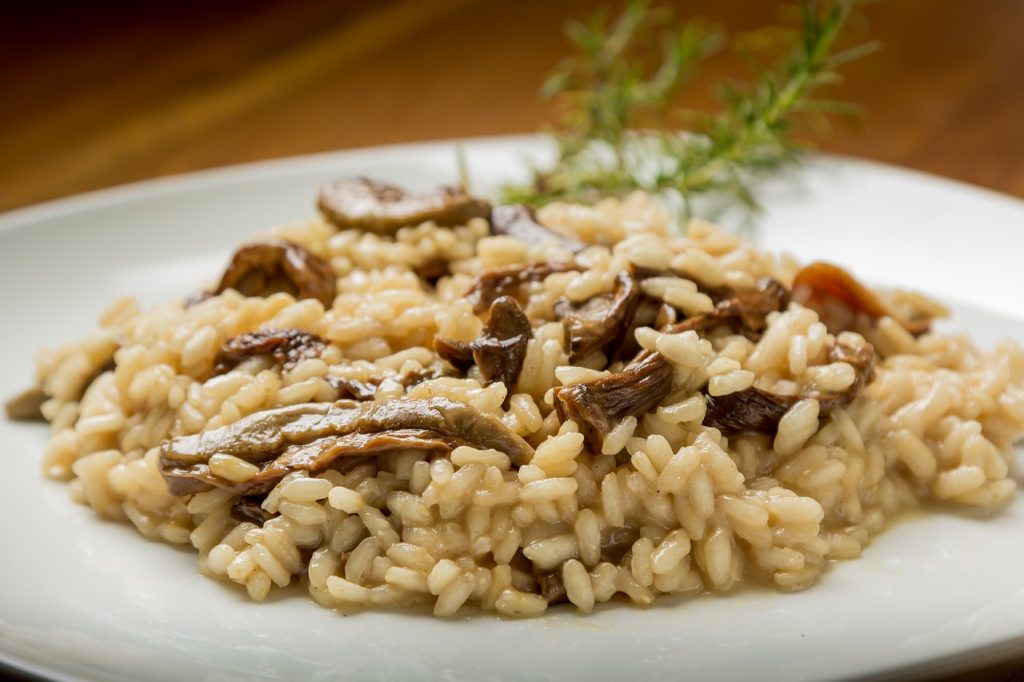
Risotto doesn’t contain cream either
Risotto is a famous Italian dish made of rice. To make risotto you should cook dry rice in oil with some onion in a pan and then gradually add broth in small portions until rice is fully cooked and has a creamy consistency. Contrary to popular belief you don’t need to add cream to risotto. It’s because the dish becomes creamy as the rice releases its starch into the broth. But butter and parmesan cheese are added almost always. So the rice for risotto must have a very high starch content, and you should cook it in a skillet. That way the broth evaporates quickly and the dish thickens to the right consistency.
Some more facts about Italian food: not unlike pasta, rice in the creamy risotto still must be al dente. Risotto can have various fillings, from meat to shrimp, to mushrooms, to spinach, to vegetables such as pumpkin, etc. Another rice dish popular in Italy is Arancini. It’s deep-fried breaded rice balls with stuffing.

Italy food facts: Antipasti are not made of pasta, they are served before food
The name for Italian starters and appetizers is antipasti. “Before food” in Italian. Italians serve them at the beginning of the meal. Antipasti consist of cured meats, smoked fish, cheeses, olives, mushrooms, etc. The singular form of the word antipasti is antipasto. They are similar to Spanish tapas or French hors d’oeuvres.
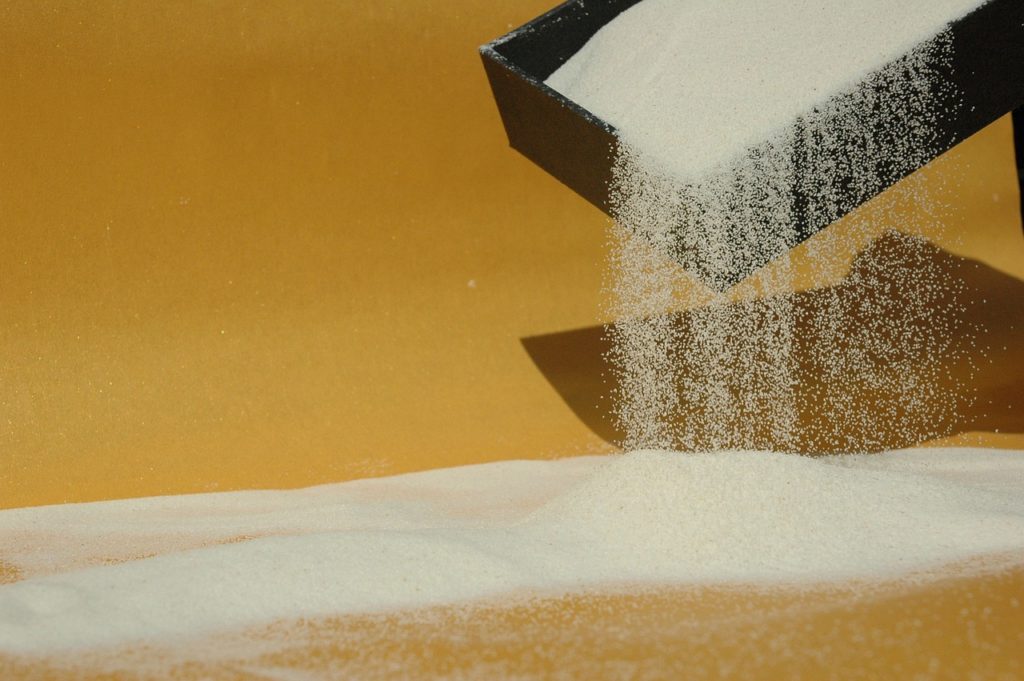
Facts about Italian food: Semolina is a coarse kind of wheat flour
Semolina is not an ordinary kind of flour. It’s a kind of coarse flour made from wheat, usually from durum wheat (hard wheat). This coarse flour is used for making pasta in Italian cuisine, and for making couscous in Middle Eastern cuisine. Rarely semolina is made of rice or maize. But Italians only use wheat semolina for making pasta. Semola means “grains” in Italian. Wheat semolina’s color is almost always yellow. In Russia semolina is known as “manka”. Russians use it for making breakfast porridge or “kasha”. It is a traditional breakfast dish for kids, especially when parents cook it with milk. Semolina is high in B vitamins, protein, and fiber.
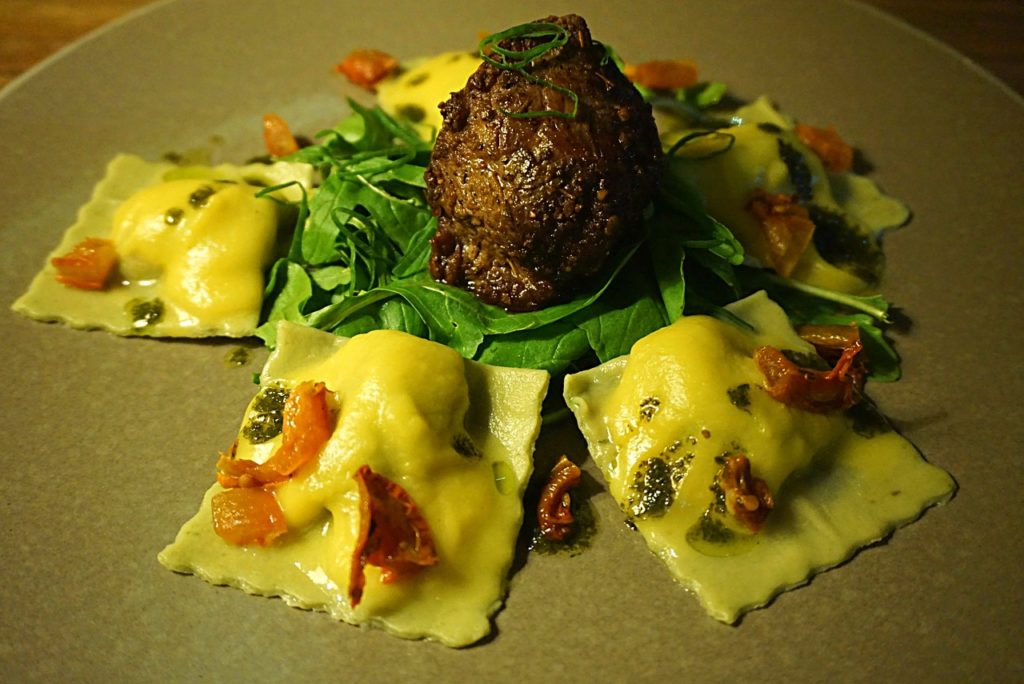
Italian food facts: Ravioli are actually dumplings
Ravioli is a kind of pasta that is actually dumplings. These dumplings consist of a filling wrapped in thin pasta dough and cooked in the same way as pasta. Ravioli are usually square. The filling is placed in small chunks between two layers of dough. After that, the dough is cut into little squares. Dumplings, in fact, originated in China and are a popular dish all over the world. Many countries have their own varieties of dumplings. For example, Russians have pelmeni, Japanese love gyoza, and Italians cook ravioli. The most common fillings for ravioli are ricotta cheese and spinach. Another form of dumplings in Italian cuisine is Tortellini. It is very similar to ravioli but has a different shape. Gnocchi are potato dumplings. They don’t have a filling. All dumplings are best with pasta sauces.
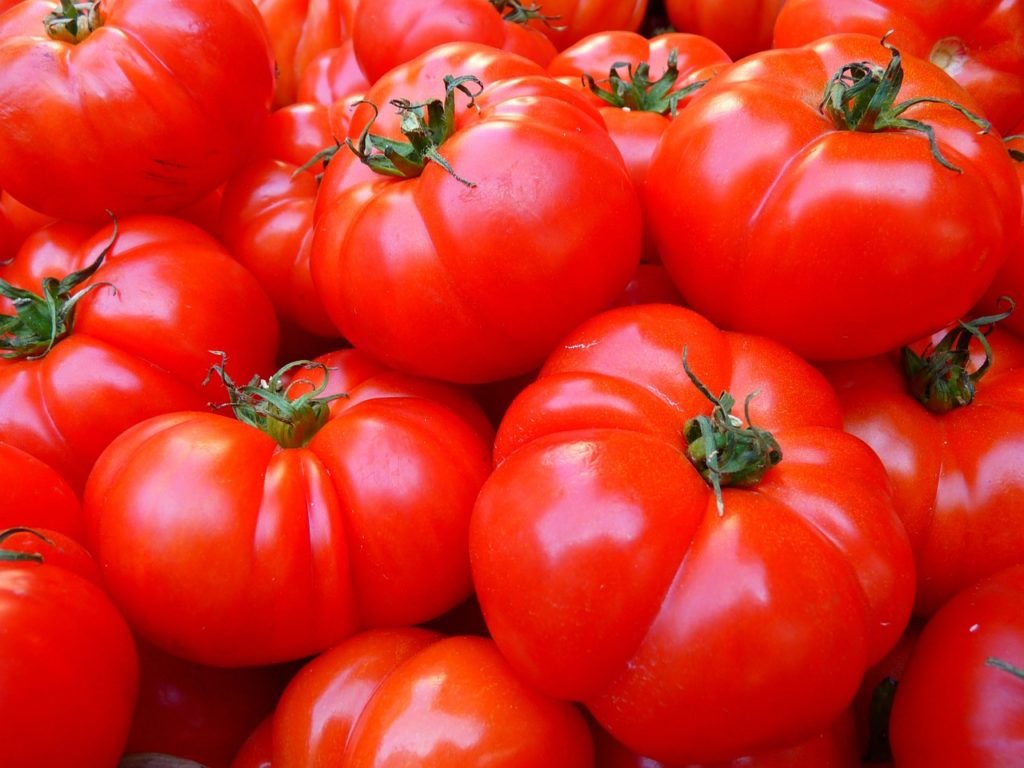
Tomatoes are actually not native to Italy
One of the most fascinating facts about Italian food is that tomatoes are not native to Italy. Tomatoes are a staple of Italian cuisine, but they were unknown in Europe before the discovery of the New World. They come from South America and Central America. Tomatoes arrived in the Old World only during the 16th century. At first, they grew as decorative plants because people thought they were poisonous. They became a staple of Italian cuisine only in the 17th century.
Believe it or not, tomatoes are actually berries. Tomatoes are rich in umami, one of the five basic tastes. It makes food more flavorful. No wonder dishes made with tomato sauce are so delicious, they have a lot of umami. There are several varieties of tomatoes used in Italian cuisine. For example, plum tomatoes are perfect for making tomato sauce. Some other varieties are tomatoes for pizza and for salads. Dried tomatoes are another staple of Italian cuisine.
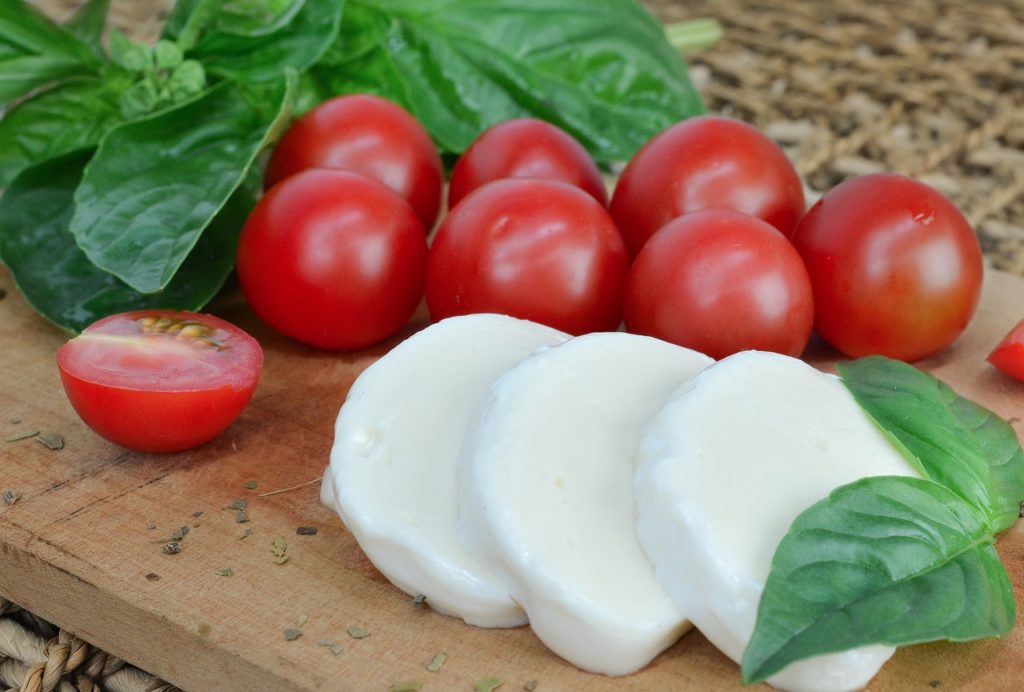
Facts about Italian food: Mozzarella is made of buffalo milk
The best Italian Mozzarella is actually made from water buffalo milk, not from cow’s milk. This kind of Mozzarella is a product registered under the EU protected designation of origin. People can only manufacture it in select regions to call it authentic. Italians sell Mozzarella in large chunks. It is also often packaged as small balls. They are especially good for salads. Pizza makers use thick low moisture mozzarella for making pizza. It melts very well and has a nice texture and a great flavor that is perfect together with tomato sauce. Mozzarella is also the base of the famous Caprese salad. It consists of cheese and tomato slices, and leaves of fresh basil.
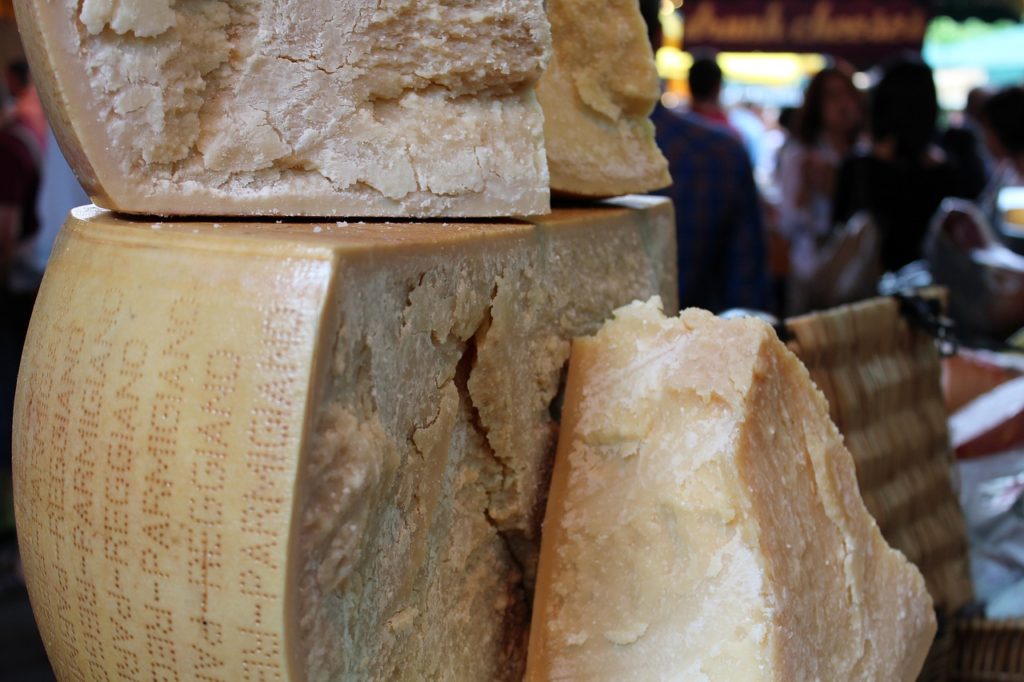
Italian food facts. You can make a broth out of Parmesan rinds
Parmesan is also known as Parmigiano-Reggiano. It’s a hard, dry granular cheese made from cow’s milk. It takes no less than 3 gallons of unpasteurized cow’s milk to make one pound of Parmesan cheese. The name comes from the original region of production of this cheese, Parma, Reggio Emilia, Italy. Only real Italian cheese from Reggio Emilia is the authentic Parmigiano-Reggiano. Cheeses from other countries can be Parmesan, but never Parmigiano-Reggiano. Italians produce Parmesan in large wheels that weigh almost 100 pounds. These wheels have to age for about a year. The only additive that the real Parmesan production process allows is salt. Yes, just milk and salt.
The most common use of Parmesan in Italian cuisine is grating it over pasta, adding grated cheese to risottos, soups, sauces, and salads. Little chunks of cheese can are also perfect as an appetizer. By the way, you shouldn’t throw Parmesan rinds away. You can use them as a base for a sauce or a rind broth. Parmesan, like tomatoes, is a food rich in umami. Its rinds have that umami too.

Italy food facts. Gorgonzola is a cheese with mold
Gorgonzola is veined a blue cheese similar to Dor Blue or Roquefort. This cheese is made from cow’s milk with the addition of mold spores. Gorgonzola is often a component of the four-cheese pizza. It can also be an ingredient of risotto, a pasta sauce or a salad. In addition to that, it’s good on its own with wine.
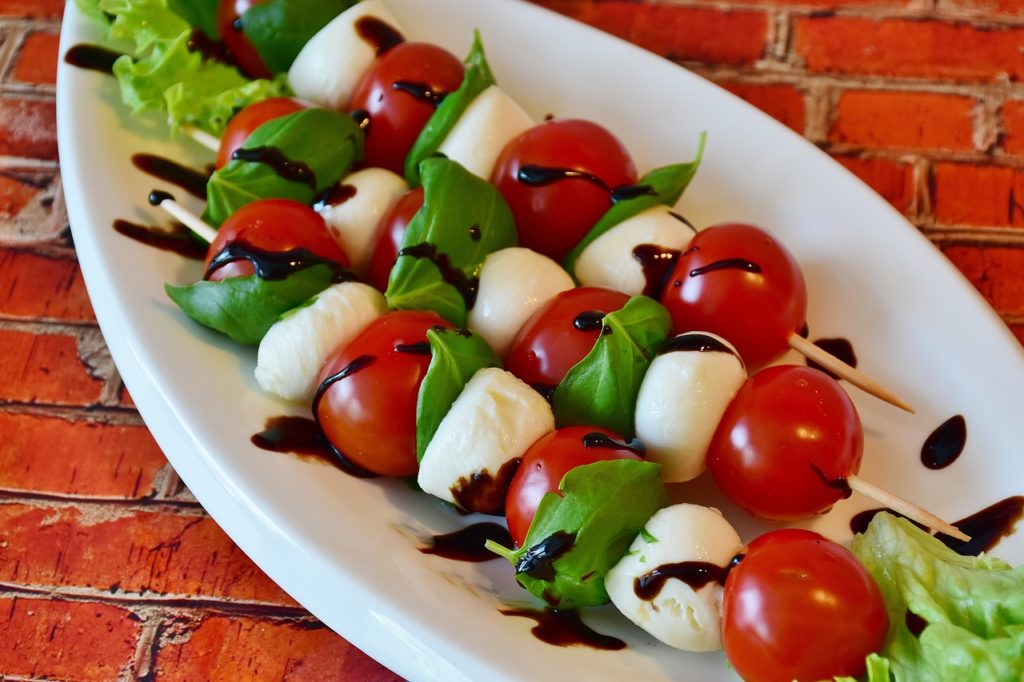
Balsamic vinegar does not contain any balsam
It contains grapes. Some of its varieties age in barrels for a minimum of 25 years. One of the most interesting facts about Italian food is that Balsamic vinegar is very good for your health. For instance, it has the ability to lower your cholesterol, help your digestion, reduce your blood sugar and much more.
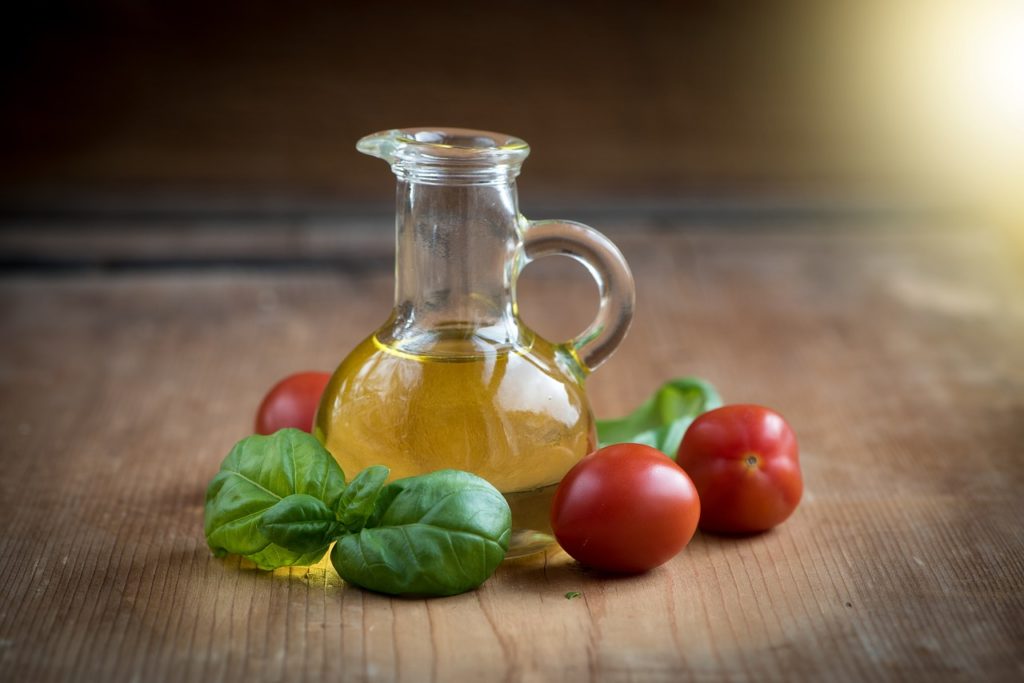
Italy is the second-largest producer of olive oil in the world, after Spain.
Italy is also the world’s third-largest consumer of olive oil, after Greece and Spain. Olive oil is made from olives. Humans have been making and consuming it since 6000 BC! So Europeans started consuming olive oil much earlier than, for example, sunflower seed oil. It’s actually a staple of the healthy Mediterranean diet. Olive oil has many benefits for your health. It’s rich in E vitamin and monosaturated fat acids, which are healthy dietary fats that lower the risks of high blood pressure and heart disease. The highest quality olive oil is extra-virgin olive oil. Extra-virgin means unrefined oil.
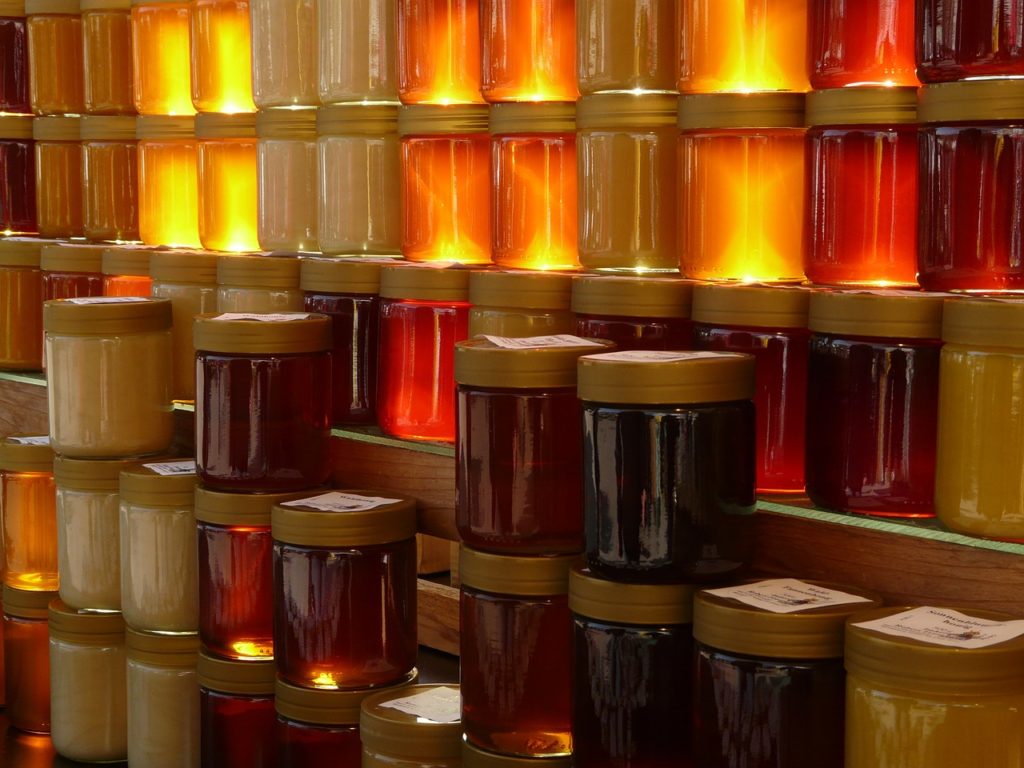
Italy has 51 varieties of honey!
Some as exotic as ivy honey and thorn honey. Ivy honey is a monofloral honey variety. Bees make it from ivy plant nectar and pollen. It’s also a popular honey variety in Ireland. It has a smell of ivy. Honey is a popular ingredient in the dishes of Southern Italy.
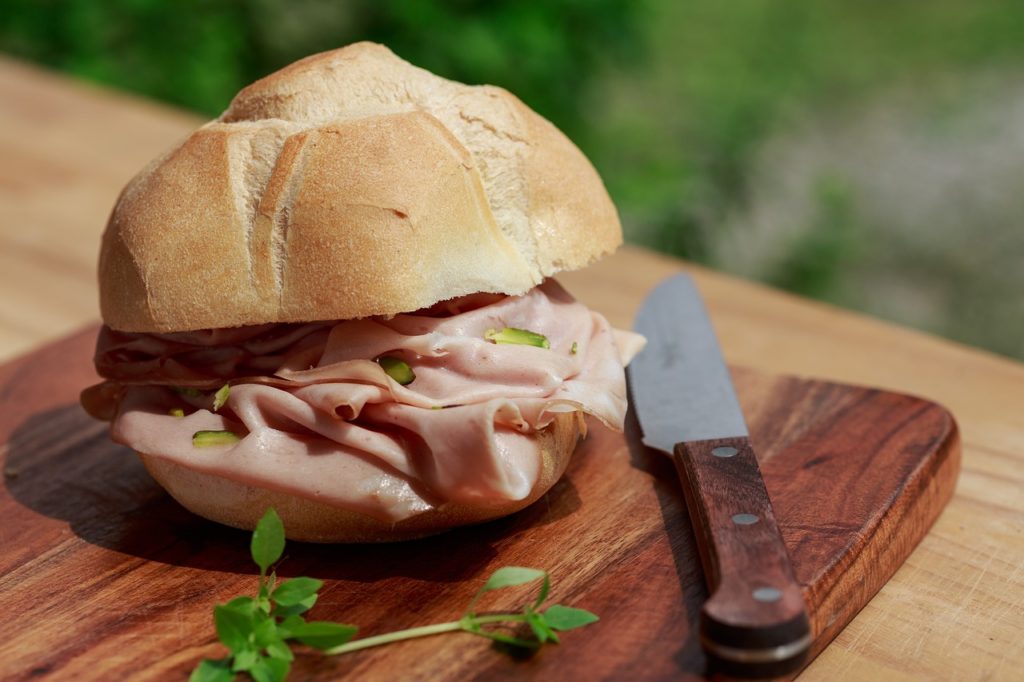
Bologna Sausage is not Italian. Mortadella is.
Bologna sausage is actually an American sausage. It’s just named after the Italian city of Bologna, the home of Mortadella sausage. That’s one of Italy food facts not many people know. Mortadella is a real Italian sausage similar to the Bologna sausage, but it usually has little cubes of fat in it, along with some peppercorns and pistachios. Bologna is usually made of pork. Sometimes it contains beef or both beef and pork. Mortadella usually consists of pork, flavored with nutmeg and some other spices.
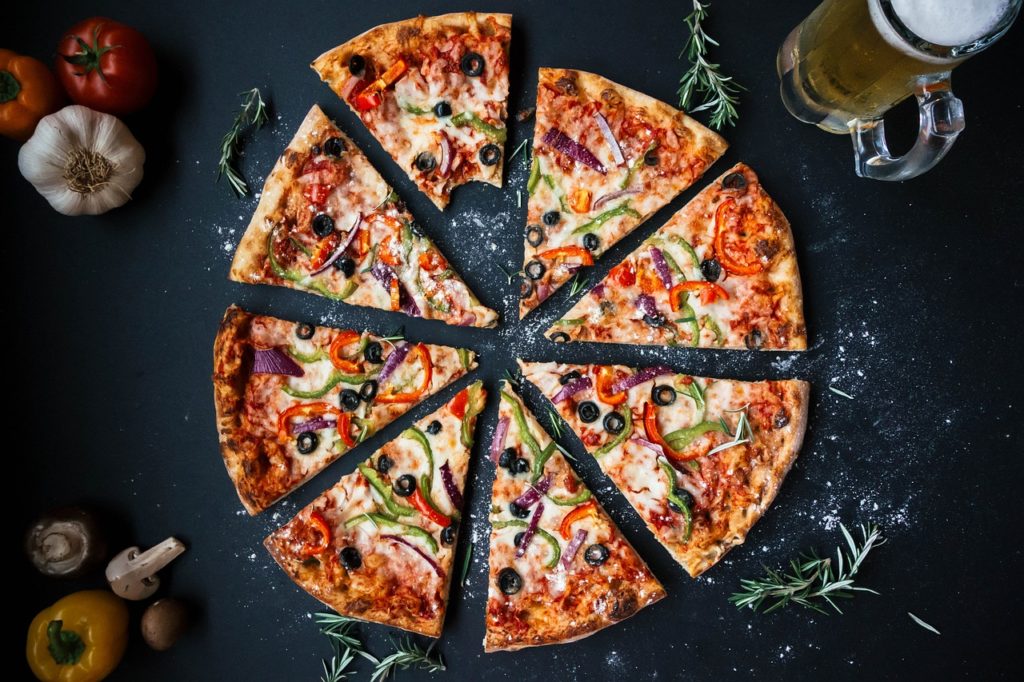
Italy food facts. The first documented Pizza was made in the 1st century BC
You can find one of the earliest references to Pizza in the Aeneid poem by Virgil. He wrote it in the 1st century BC. After that, the modern pizza was invented in the 18th century in Naples, Southern Italy. The name for a small pizza is pizzetta. It means “little pizza”. Pizza was brought to America by Italian immigrants. Neapolitan pizza usually has a very thin crust. On the other hand, American pizza often has a thick crust. Deep dish pizza comes from Chicago. So it doesn’t exist in Italy.
Mozzarella is the most popular cheese to use as a topping for pizza. Meanwhile, other popular toppings are olives, bell peppers, salami, basil, arugula, spinach, ham, bacon, pieces of meat or chicken, ground beef, mushrooms, sometimes shrimp or anchovies. Also, pineapple is a common pizza topping nowadays. Although it’s a bit controversial. Of course, it’s not a traditional topping in Italy. Canadians actually were the first to use it as a topping. Even though pizza with pineapple is called Hawaiian.

Fun facts about Italian food. Pizza Margherita was created in Naples in honor of the visit of Queen Margherita of Savoy
Its appearance had to remind the Queen of the Italian flag. So mozzarella represents the white color, basil represents the green color and tomato sauce is the red color.
Facts About Italian Food: Desserts
The most famous desserts in Italy are Tiramisu, Panna Cotta, Gelato, and Semifreddo.
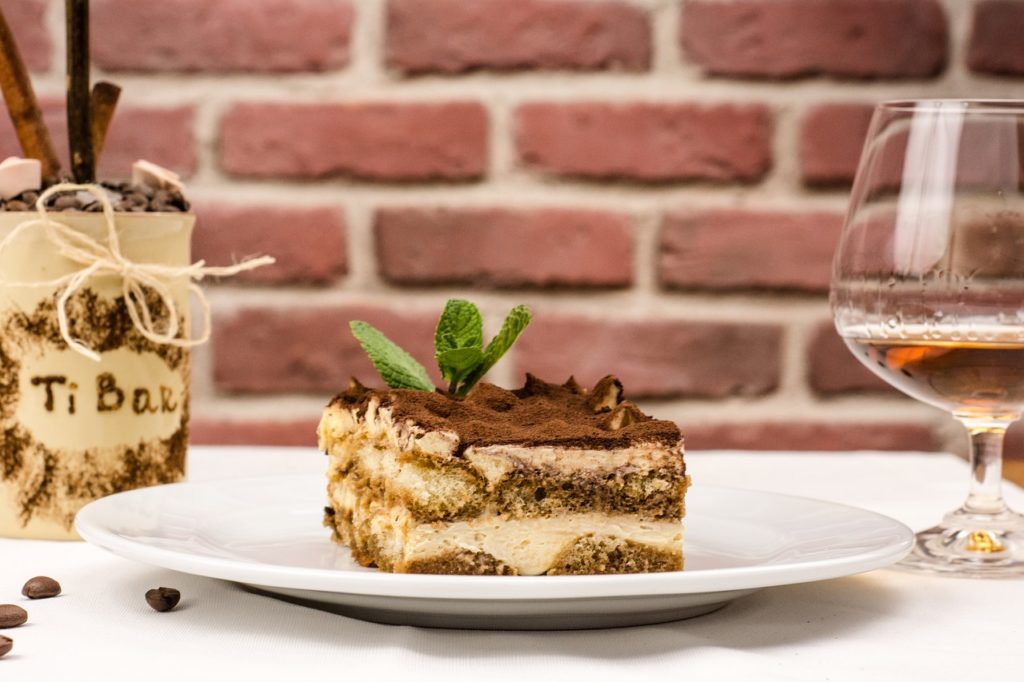
Tiramisu is an Italian no-bake cake. It consists of ladyfingers sponge cookies that you need to soak in coffee (and sometimes rum). After that, you have to layer them with a mixture of mascarpone, eggs, and sugar, and sprinkle with cocoa. Tiramisu means “cheer me up” in Italian. Even though it’s probably the most popular Italian dessert some people don’t like Tiramisu for its bitter flavor.
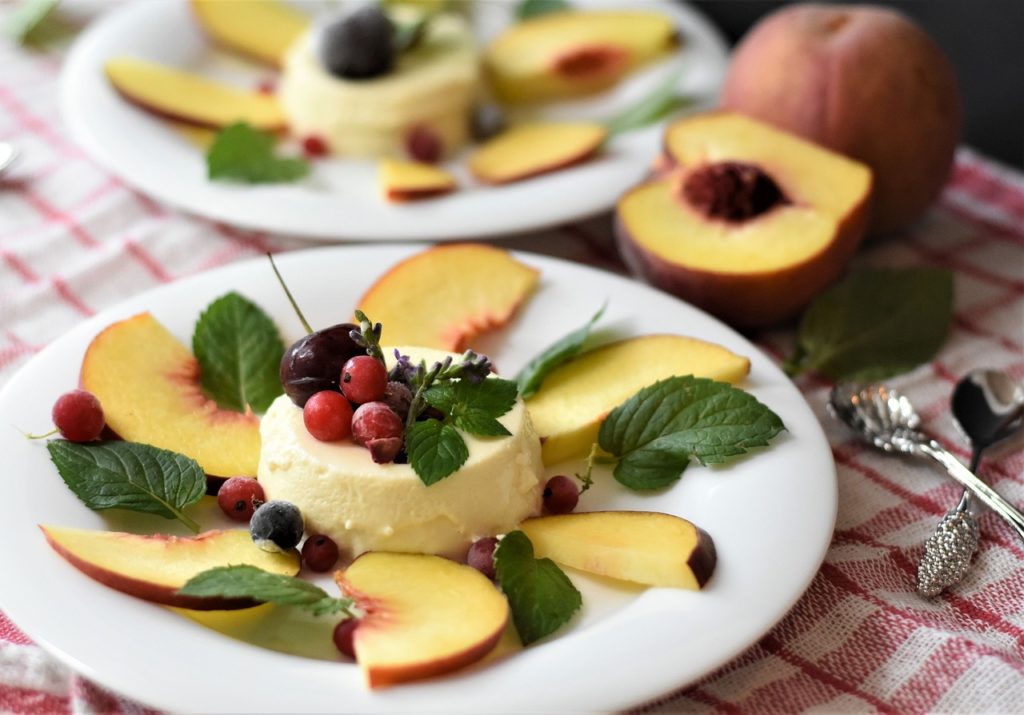
Panna Cotta means “cooked cream” in Italian. It’s a kind of sweet cream jelly. The most common panna cotta flavor is vanilla. The basic ingredients of panna cotta are cream, milk, gelatin, and vanilla.

Gelato is the Italian name for ice cream. However, gelato is actually different from ice cream. For example, it has more milk than cream. It rarely contains eggs. It is lower in fat. And it’s churned at a slower speed. As a result, it contains much less air and becomes smoother and thicker than ice cream. It’s also stored at a higher temperature than ice cream. Some people consider gelato to be more flavorful than ice cream.
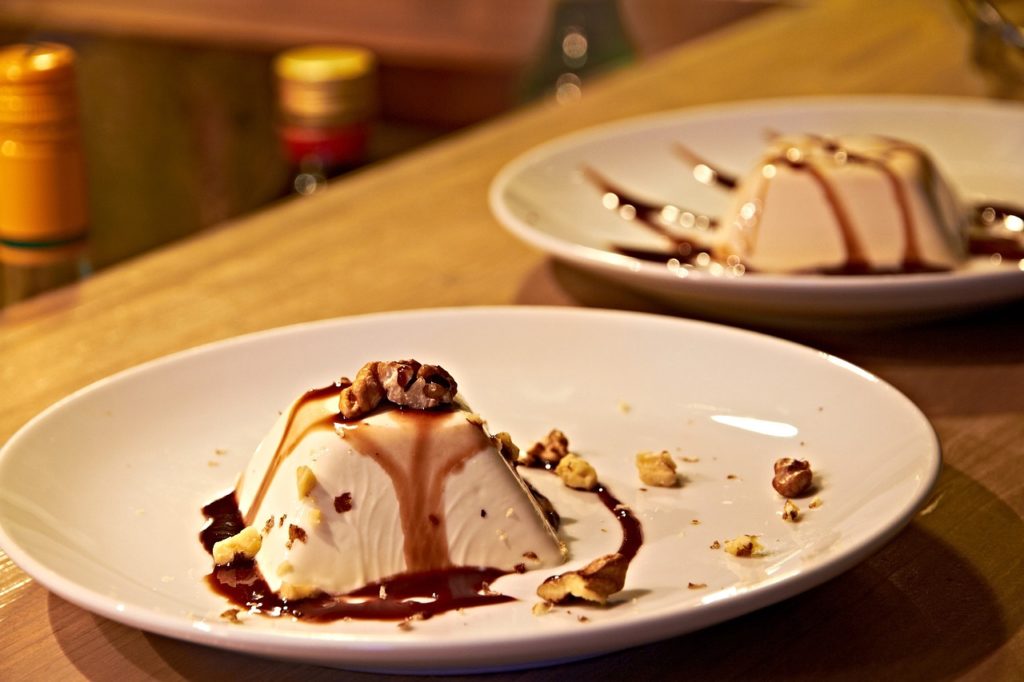
Semifreddo means semi-frozen in Italian. It’s similar to an ice cream cake. Because it’s made of ice cream and non-frozen components, such as whipped cream. It’d not hard like ice cream but has the consistency of a mousse.
SEE ALSO: Food Quiz: Can You Guess The Correct Spelling Of These Italian Foods With 100% Accuracy?

